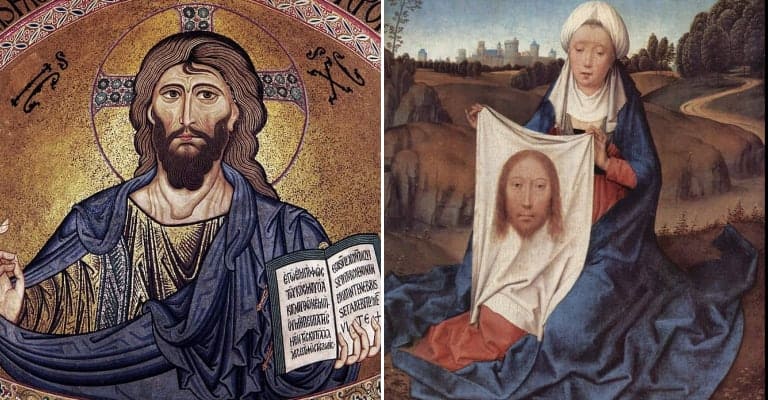In 2009, a famous tour came to London. Every day for several weeks, people queued in their thousands, huddled into little groups and raising flimsy umbrellas against the old city’s autumnal drizzle. Big Ben chimed another hour gone, the sun began to retreat behind clouds, but still, they waited, inching forward every so often, chattering in anticipation at their coming few minutes with the star of the show. In all, 100, 000 people showed up. But were they there to see a pop star? The Queen? No, the bones of Therese of Lisieux, a French nun who died in 1897.
Relics are physical objects directly connected to a saint, such as implements used to execute them, one of their belongings, or… a piece of them. Catholics believe that God acts through relics, and so they form an important part of their faith. However, no one ever specified which former belongings or parts of a saint’s body are not holy, and so a host of strange dismemberments and items have surfaced since the relic’s medieval heyday. Make sure you’re not eating as you peruse this list of the world’s 20 most disgusting Catholic relics, from Christ’s foreskin to holy nipples…

20. The Basilica San Domenico in Siena has the severed head of the city’s most famous saint, Catherine.
Catherine of Siena (c.1347-80) was a truly astonishing woman. After forsaking her family’s riches and the promise of a comfortable marriage to a nobleman, she joined the Dominican Order and experienced mystical visions. She later became famous for her charitable work with the despised poor of Tuscany and was such an intellectual heavyweight that she successfully bullied and intimidated the corrupt male clergy and undertook political duties unheard of for a 14th-century woman. When she died of a stroke in 1380, mourning was understandably widespread, but her devotees weren’t quite ready to say goodbye to her forever…
You could make a fortune in the Middle Ages from the countless pilgrims wanting to visit tombs and relics, and so it is no surprise to learn that when she died in Rome, the city wanted to keep her there. Not to be defied, her followers from Siena managed to decapitate her displayed corpse and hid Catherine’s head in a bag. When searched by guards, they prayed to the late holy woman for protection, and her head miraculously disappeared from sight, only to re-materialize upon arriving in Siena, where it’s been making tourists feel sick ever since.

